1
/
of
18
Product number: SKU:22198
22198 Ceramic Master Hazan Itaya (Statue of Kannon)
22198 Ceramic Master Hazan Itaya (Statue of Kannon)
Sold out



【Related categories】
Share
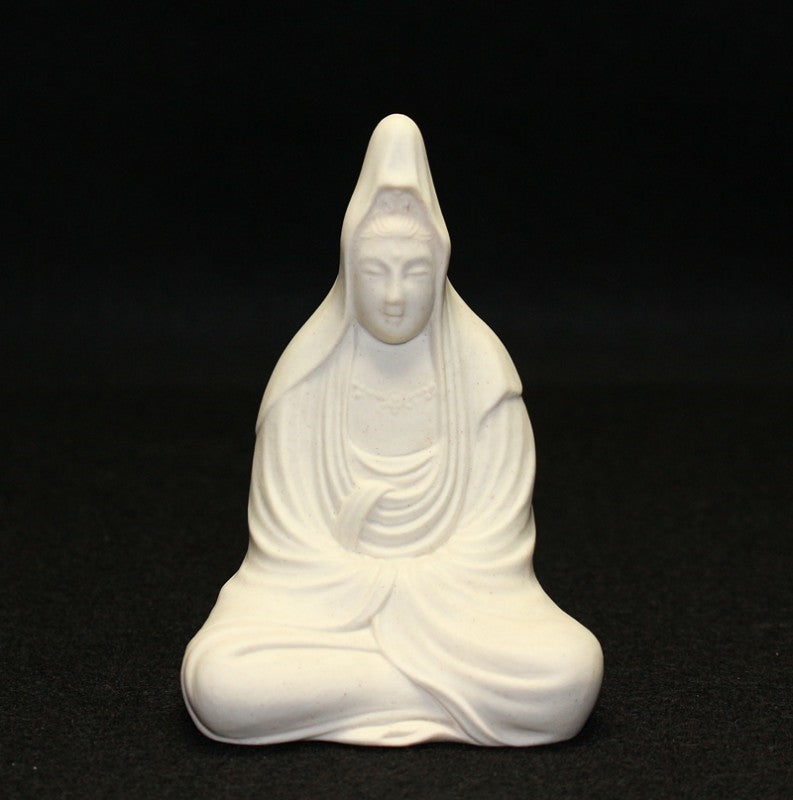
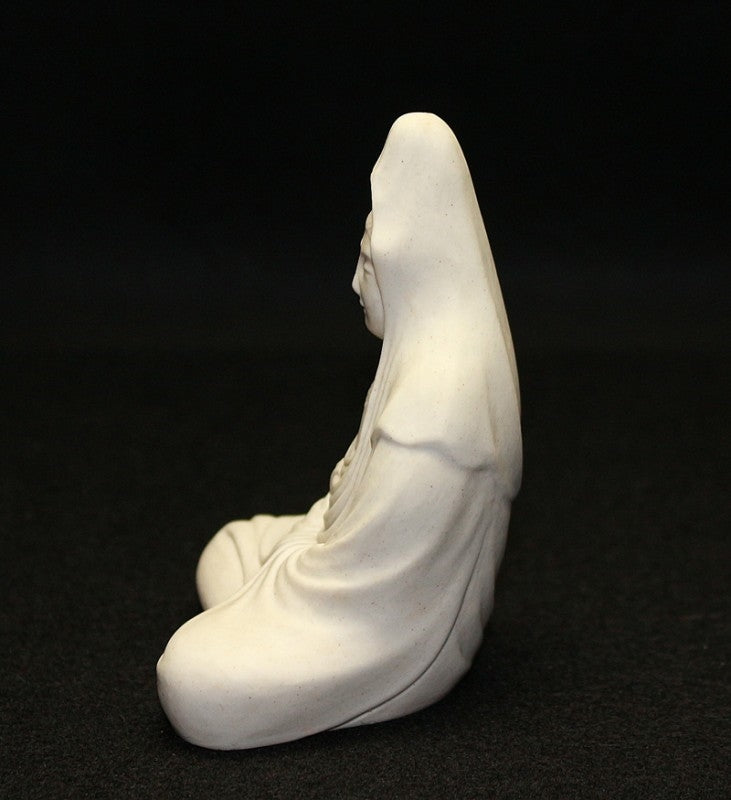

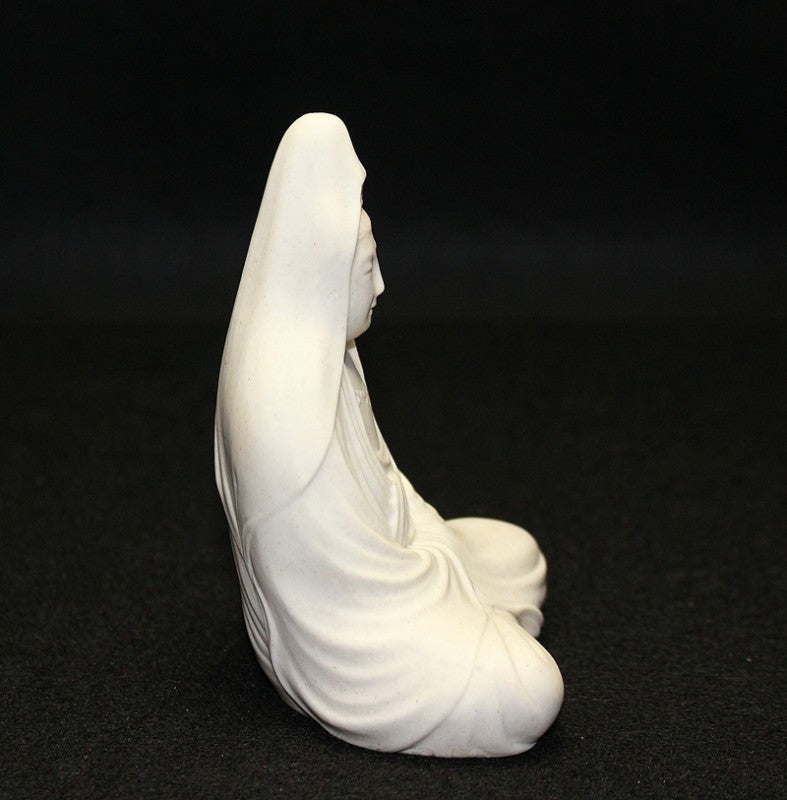
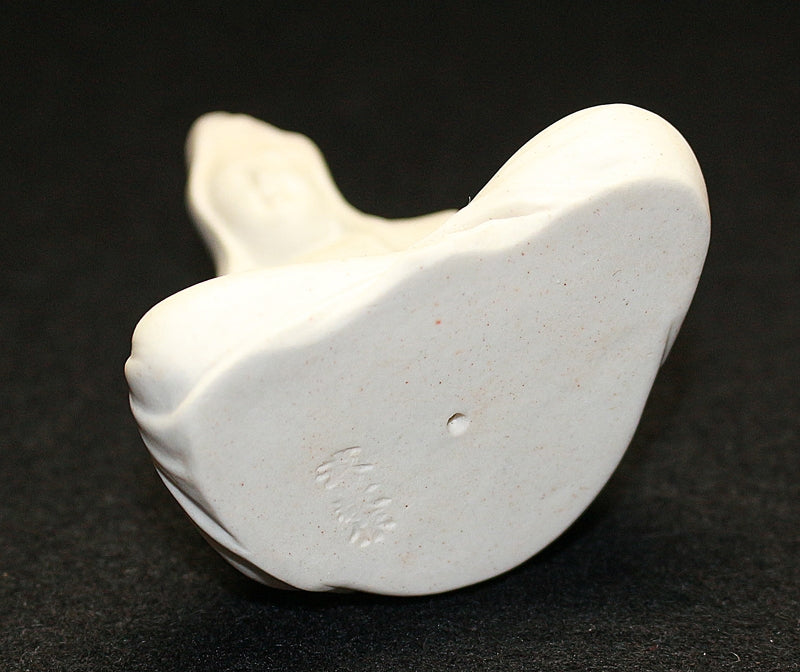
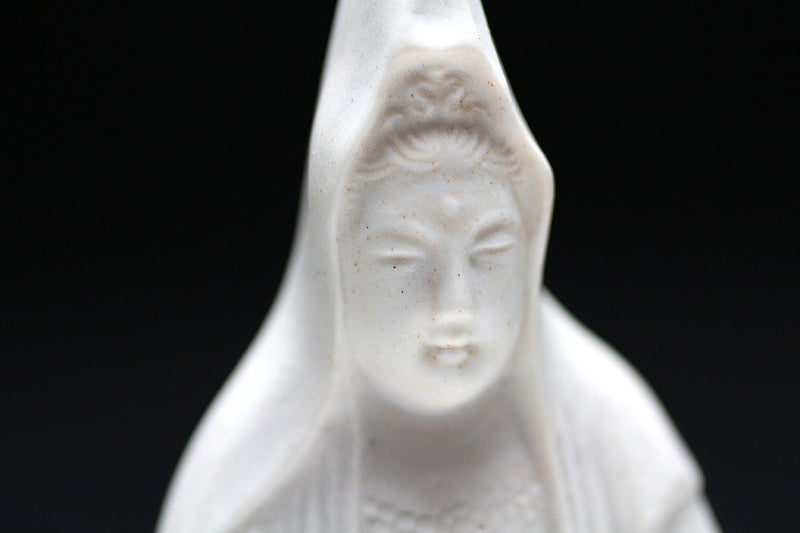

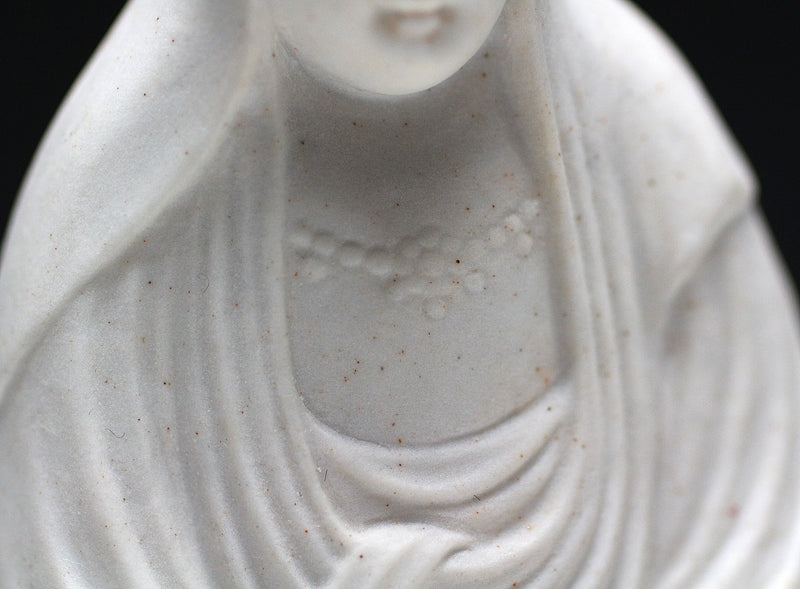

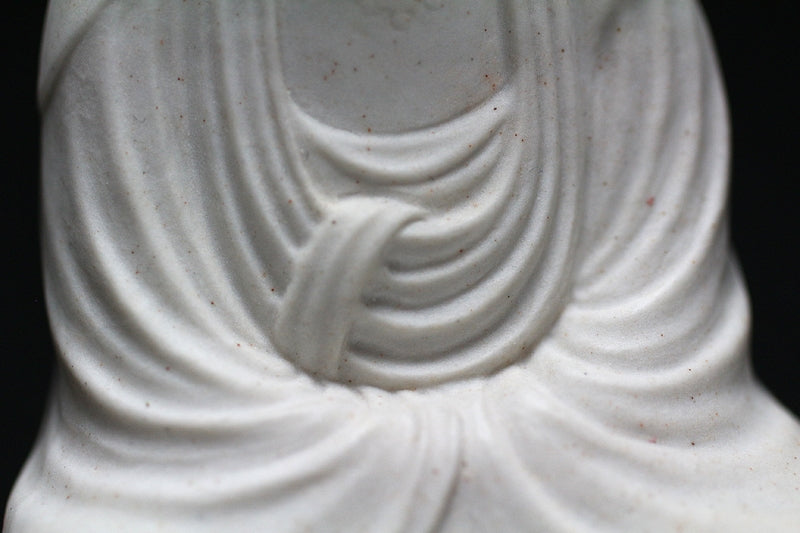
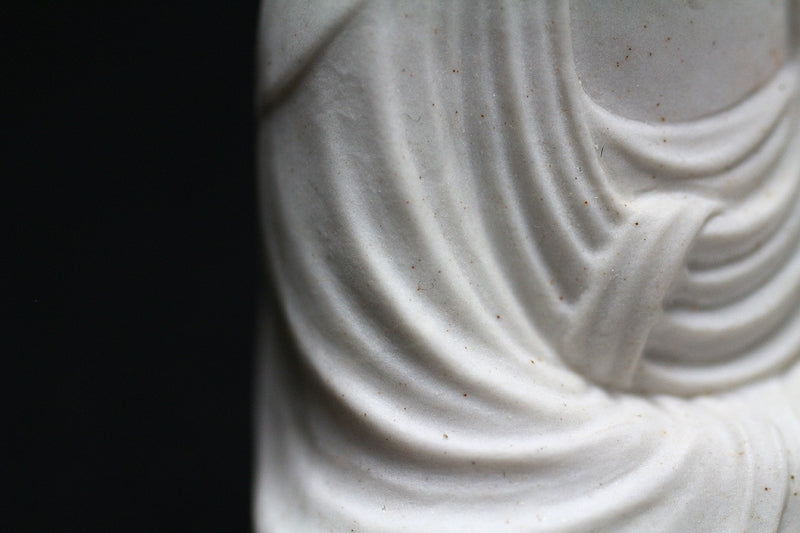
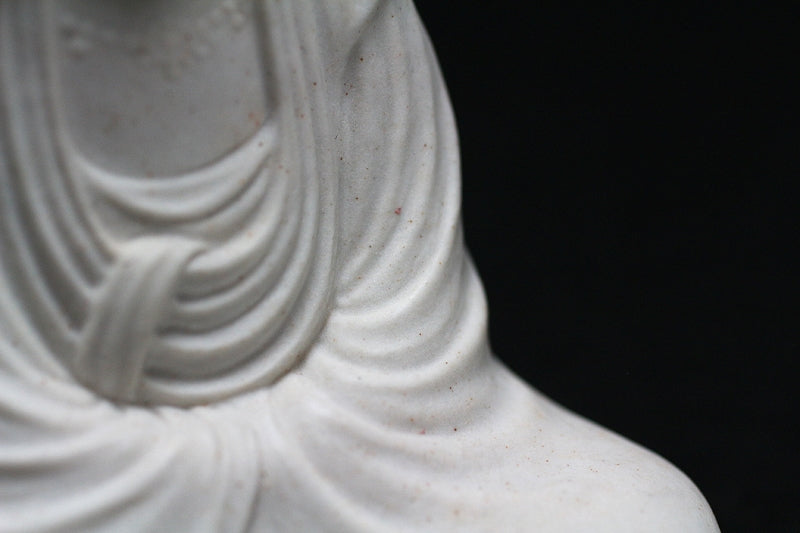

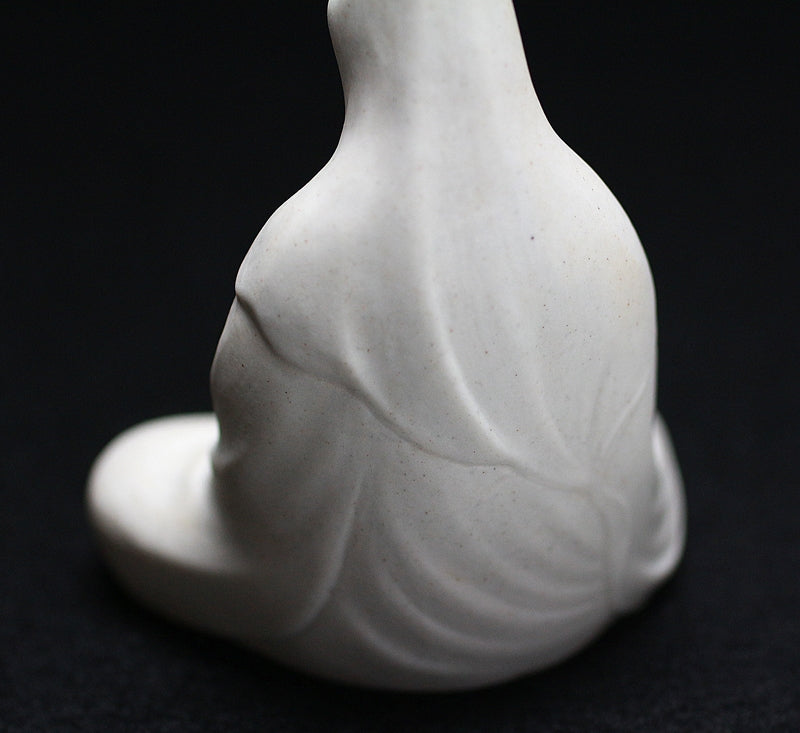
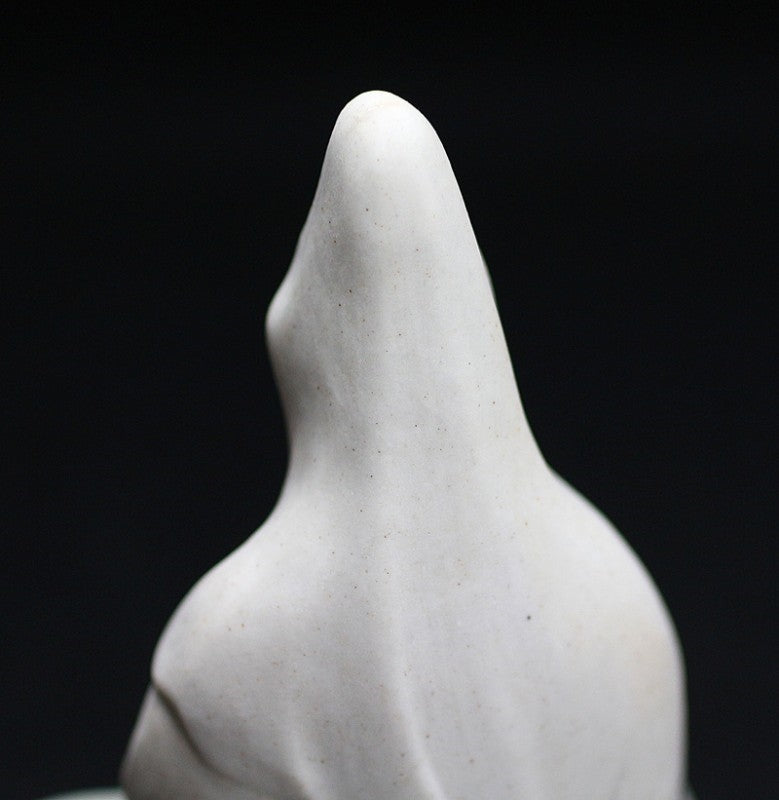
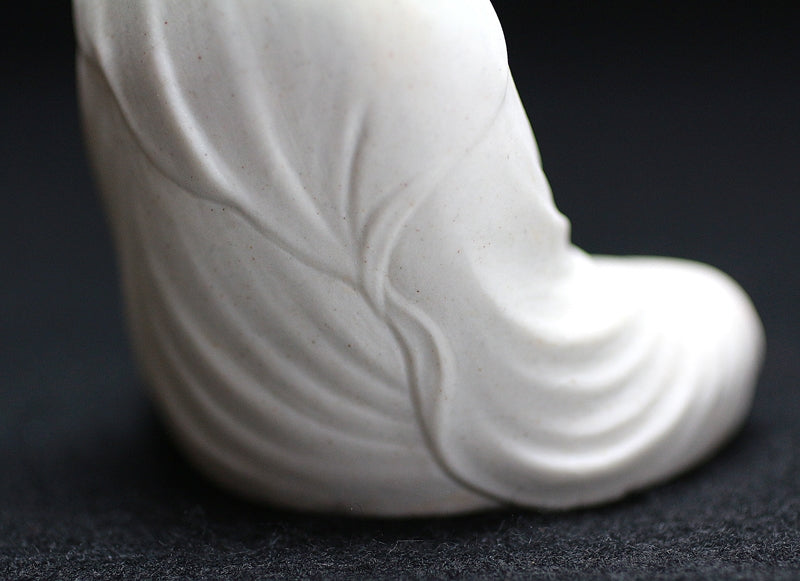

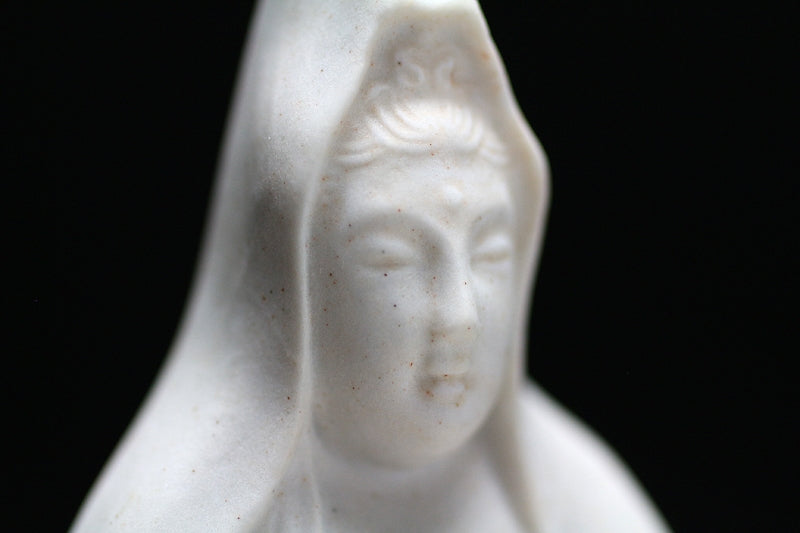


























Height 9.4cm Width 7.0cm Depth 5.7cm
This is a work by the master of pottery, Itaya Hazan. Since winning an award at the Japan Art Association Exhibition in 1908 (Meiji 41), Hazan has received numerous awards, including the first prize, the gold medal, at the 57th Japan Art Association Exhibition in 1917 (Taisho 6) for his work "Vase with Rare Fruit and Flower Design." He subsequently became a member of the Imperial Academy of Fine Arts in 1929 (Showa 4), and on December 3, 1934 (Showa 9), he became an Imperial Household Artist. After World War II, in 1953 (Showa 28), he became the first potter to receive the Order of Culture. In 1960 (Showa 35), he was nominated to become a holder of Important Intangible Cultural Property (also known as a Living National Treasure), but he declined the award. It is said that the reason for his decline was Hazan's pride in being "an artist, not just a successor to traditional culture."